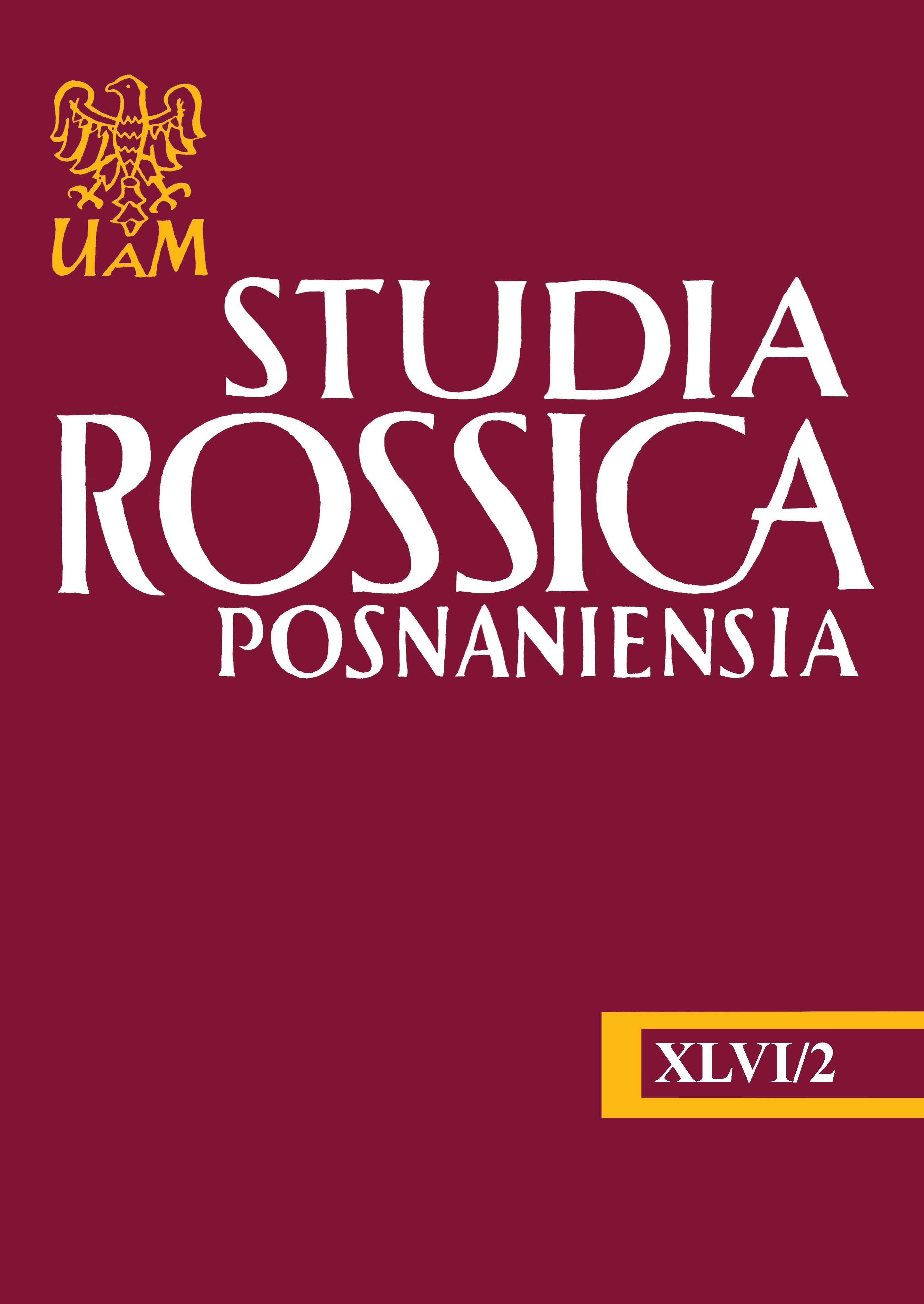Прагматическая функция интертекстем в веб-медиатекстах белорусских и российских интернет-СМИ
The pragmatic function of intertextemes in digital media texts of the Belarusian and Russian mass media
Author(s): Alena KalechytsSubject(s): Language studies, Philology
Published by: Uniwersytet Adama Mickiewicza
Keywords: intertextemes; digital media texts; mass media; idiom; pragmatic function; transformation; grammatical indicators; pragmatics
Summary/Abstract: The article discusses the features of the functioning of phraseological units and other stable combinations in the headings of the media texts of Belarusian and Russian online newspapers. We analyze the pragmatic function of intertexts and present them as pointers to certain types of speech acts. The intent of the addressee is the most important factor in creating a text. It is usually reflected, directly or indirectly, in every communication product. The main purpose of media texts (or a hint of it) is contained in headings, especially when they are intertextemes, various renewable speech units that we classify according to the types of speech acts: representatives, rogatives, directives, commissives, contactives, declarations and expressives. Such headings are best used to perform a pragmatic function because they retain an emotional and evaluation component that stimulates communication with the mass recipient. These stable units (phraseological locutions, winged expressions and aphorisms, paroemias and compound terms) comprise the background knowledge of the participants in communication and are therefore productive language tools used by journalists in their practice. And very often the intertextemes are transformed or updated. Employees of “BelGazeta” and “Rossiyskaya Gazeta” use both the general phraseological fund of Belarusians and Russians and the national language means in web media texts. The headlines of “BelGazeta” have a distinctive feature, as they mix graphic and lexical systems of different languages (Russian, Belarusian, English and, less frequently, Ukrainian). This fact can be explained, firstly, by the tendency to widely spread the features of the conversational speech of Belarusians, trasyanka, in book speech styles. And, secondly, by the address policy of the publication of the named newspaper, which is aimed at the mass Belarusian reader. Following the use of occasionalisms, updated stable expressions, we also call the above feature a specific method of influencing the addressee.
Journal: Studia Rossica Posnaniensia
- Issue Year: 46/2021
- Issue No: 2
- Page Range: 201-214
- Page Count: 14
- Language: Russian

